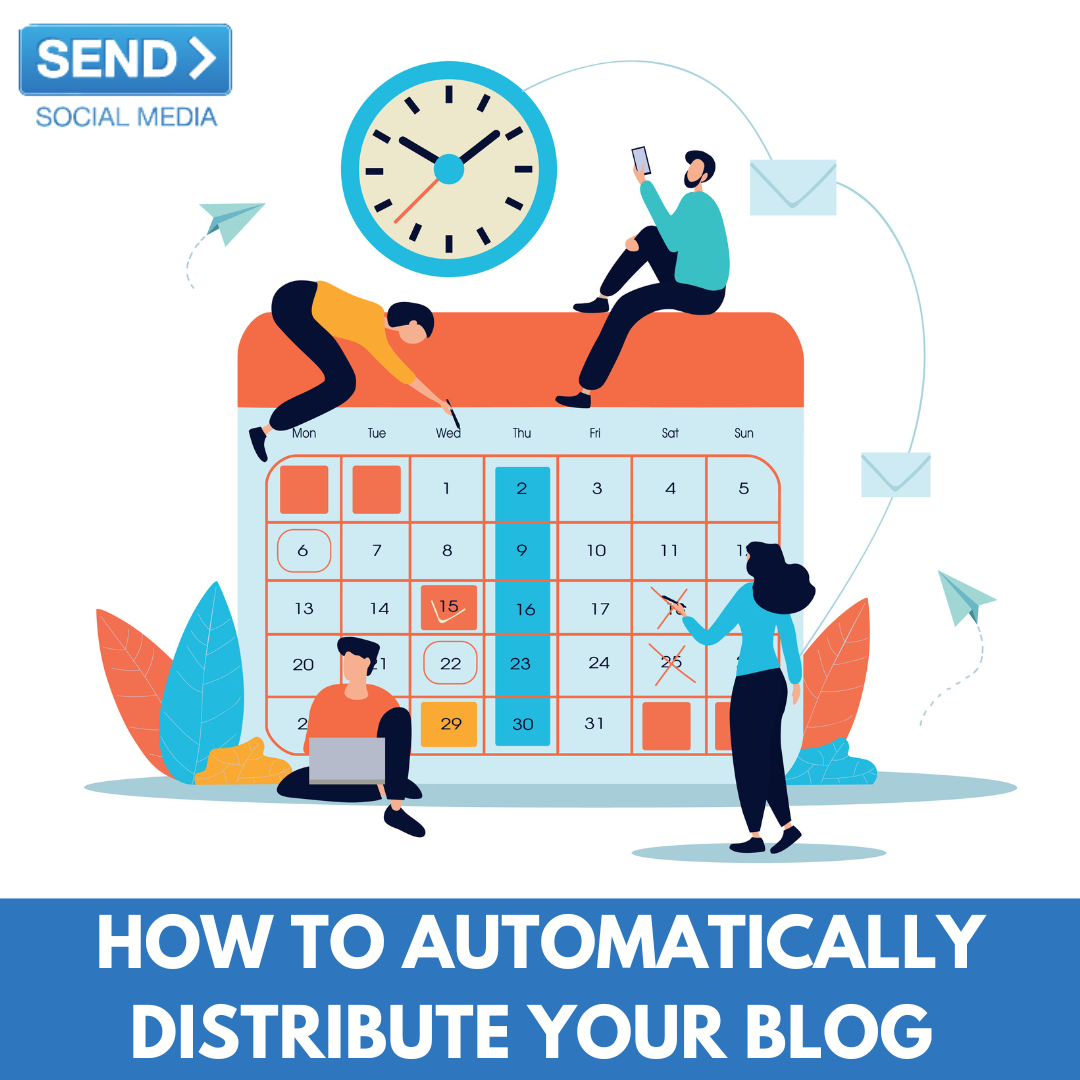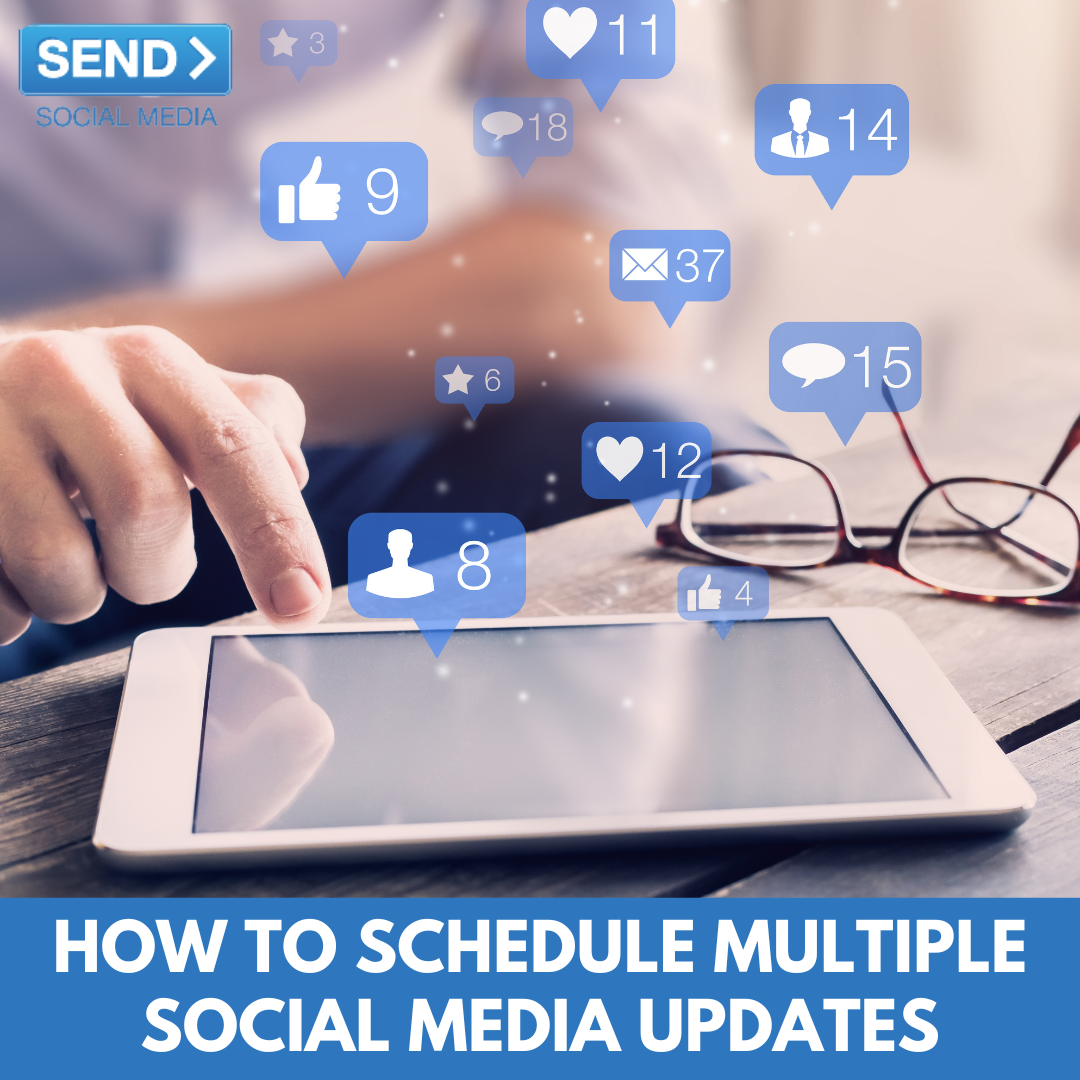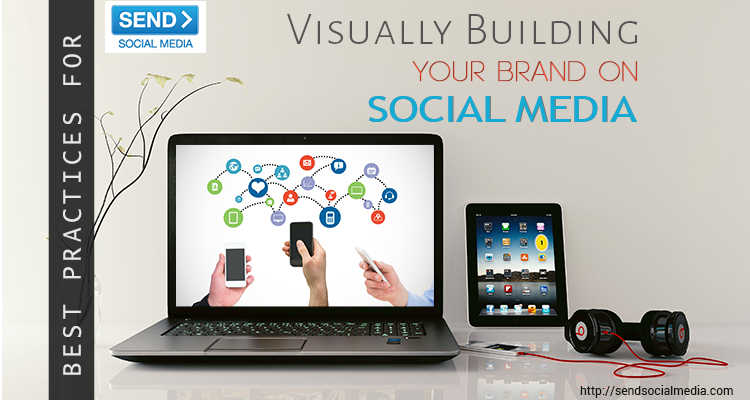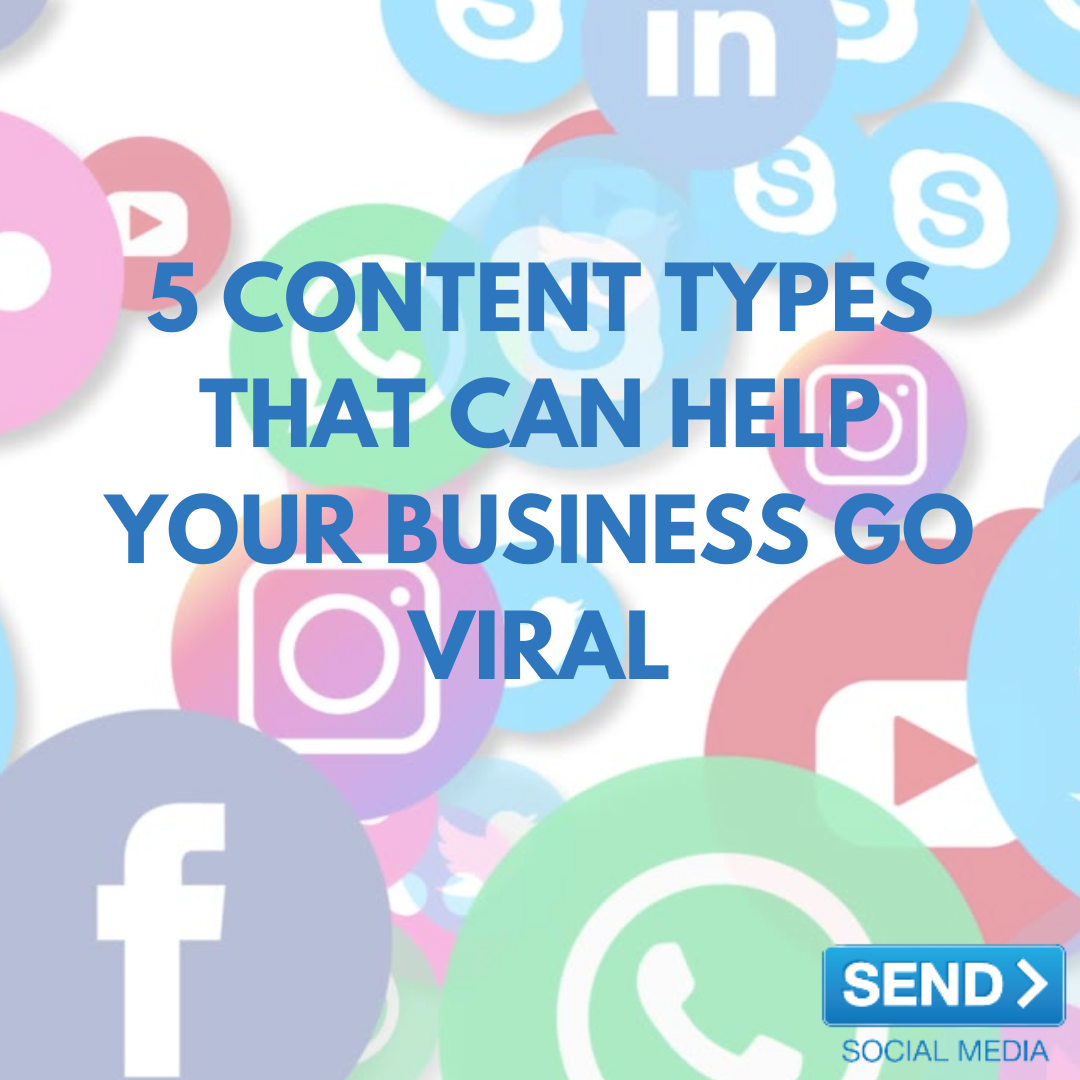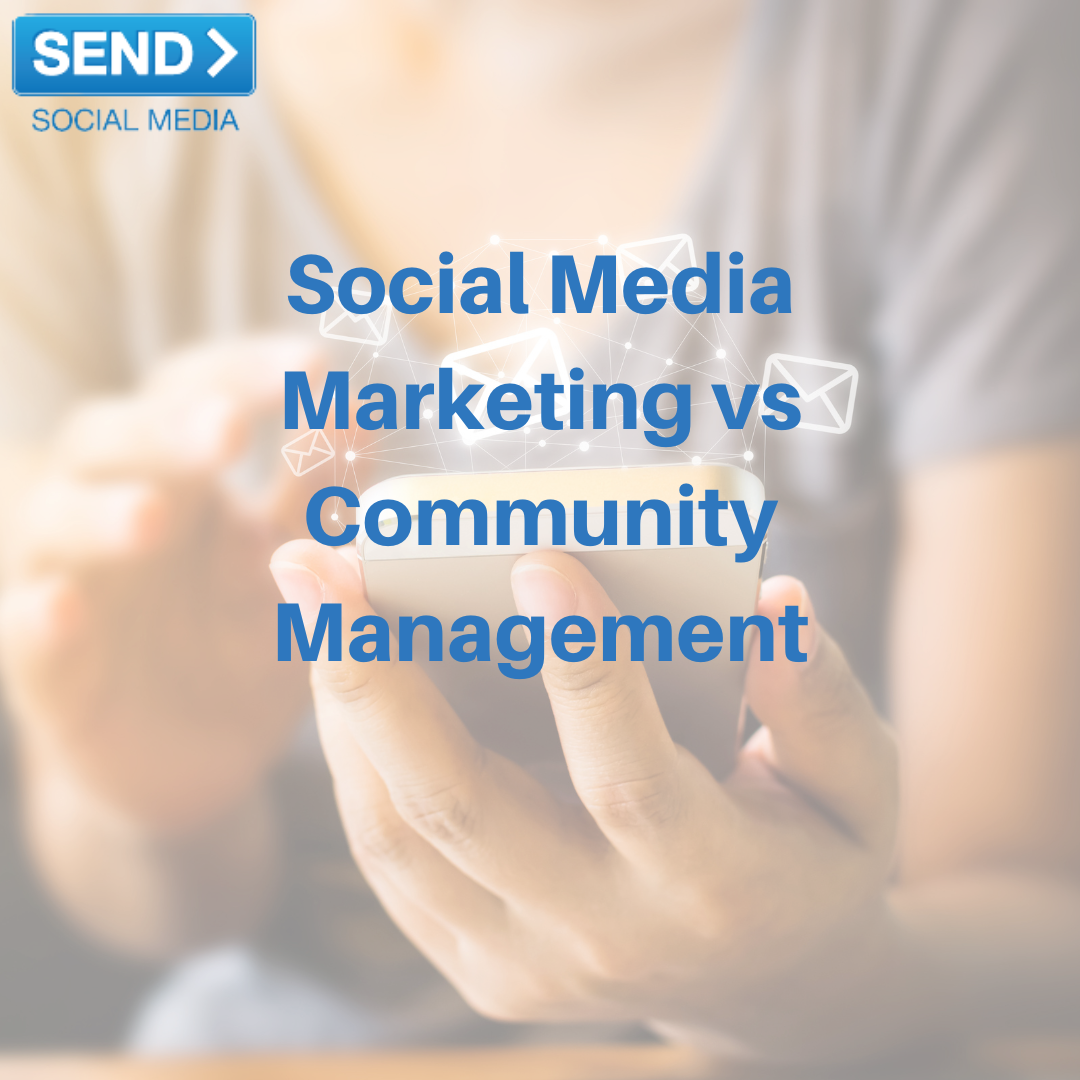One of the reasons that businesses often have a little hesitation about getting started with social media is because they feel like there’s so much to learn. While it’s true that it takes some time to get a really strong feel for the dynamics of different social networks, the good news is tools like our social media dashboard make it easier than ever to get a handle on things.
In addition to providing a tool that makes social media management across multiple platforms easier than ever before, we are committed to helping business owners learn everything they need to know to find social media success. That’s why we want to dive into a topic that we’ve been asked about on multiple occasions.
What is Community Management?
At this point, most businesses have at least come into contact with the term social media marketing. Although it’s a term that encompasses a lot, the core of this phrase refers to any type of marketing that’s done through a social media platform.
Another term that’s not quite as widespread but has continued to gain momentum is community management. Since social media makes it possible for businesses to build a type of community around themselves, it’s easy to understand why many people may view social media marketing and community management in the same light.
While it is true that these two terms are related, they don’t refer to the same activities. And since both activities do offer real value, it’s important for businesses to be aware of how to utilize each one.
Like social media marketing, the broad definition of community management is generally stated as “any attempts to cultivate, nurture, or engage with a given audience.” Because that definitely shares traits with social media marketing, let’s take a look at what separates the two.
Social Media Marketing vs. Community Managemen
The main difference between social media marketing and community management is they take place at different stages of building a relationship with a potential or current customer. With social media marketing, you’re focused on bringing people into contact with your business for the first or subsequent times.
When social media marketing is done well, some of the people you come in contact with will want to engage with your business even more. As you attract more people who feel this way, you’ll start to build a community. That’s where community management comes into play.
Instead of being focused on bringing new people into the sphere of your business, community management is all about strengthening an existing community. When community management is handled correctly, it can yield substantial benefits including customer retention, customer attraction and increased brand reputation.
While entire books have been written on the subject of community management, the main thing to keep in mind is the more opportunities you can create for people to engage, the more successful you’ll ultimately be with this online strategy.

